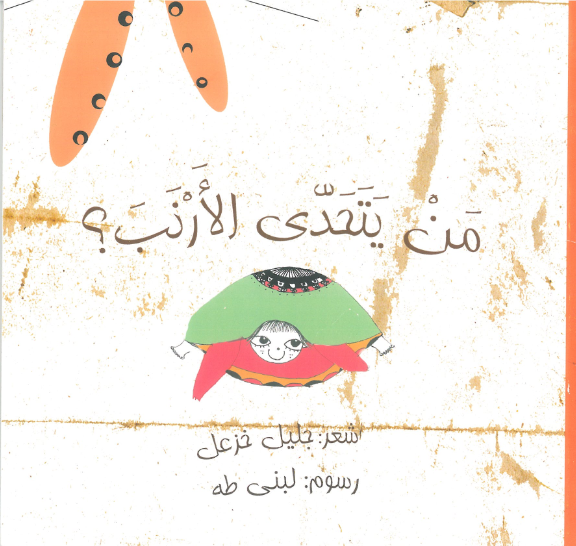
In this well-known world folktale, the rabbit makes fun of the turtle and challenges him to race, only to learn that the turtle’s determination and effort win in the end.

In this well-known world folktale, the rabbit makes fun of the turtle and challenges him to race, only to learn that the turtle’s determination and effort win in the end.
Who doesn’t know the famous story of the tortoise and the hare? Some think that the source of this story comes from Greek myth, adapted centuries later by the French poet La Fontaine who was affected by Eben Al-Moqafa'a serial stories of "Kalila wa Dumna” which taught that it is better to move ...
Read MoreWho doesn’t know the famous story of the tortoise and the hare? Some think that the source of this story comes from Greek myth, adapted centuries later by the French poet La Fontaine who was affected by Eben Al-Moqafa'a serial stories of "Kalila wa Dumna” which taught that it is better to move slowly and steadily rather than to be impulsive and quickly.
Dear Parents, we share with you a few book-related activities you may enjoy doing with your child.
المربّية العزيزة،
يتحدّى الأرنب حيوانات الغابة في سباق السّرعة، فتقبل السّلحفاة التّحدي وسط ضحكات الأرنب المستهزِئة. لكنّ إصرار السّلحفاة ومثابرتها، وتهوّر الأرنب وغروره، تؤدّي إلى حصول ما هو ليس متوقعًا: فوز السلحفاة بالسّباق! هذه حكاية عالميّة معروفة، انحدرت إلينا من "إيسوب" الإغريقي في القرن السادس قبل الميلاد، وصولاً إلى "لافونتين" الفرنسي، الذي تأثّر بحكايات "كليلة ودمنة" في تأليف خرافاته. ما يميّز الصّياغة العربيّة بين أيدينا، هو وضعها في قالب شعريّ جميل يسهل على الأطفال الصّغار تتبّعه وفهمه.